
Crawl Space During Inspection
Water damage is visible in this crawl space; you can see water seeping through the concrete block foundation walls. The floor is also all muddy from the water seeping down through the walls and coming up through the dirt on the floor.
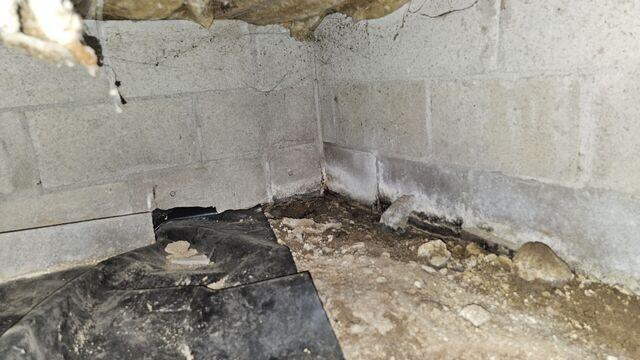
Crawl Space Damage
The crawl space walls are starting to crumble in places due to the moisture damage. If the moisture issues are not addressed, the problem will get worse, and the structure will start to fail.
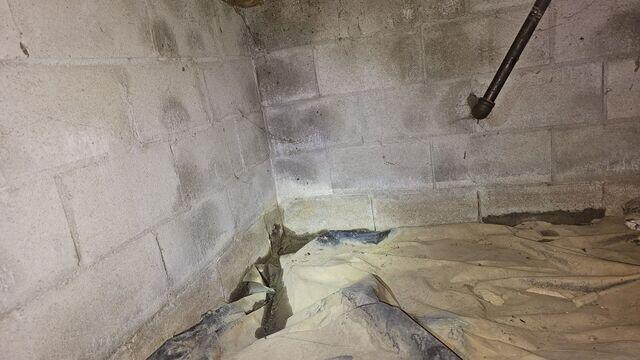
More Moisture issues
More moisture issues are visible. Water is even seeping onto the vapor barrier and pooling.
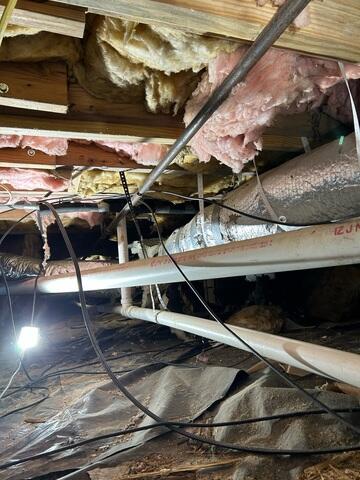
Crawl Space Damage
Moisture, mold and falling, failing insulation are problems in this crawl space, which hasn't been properly sealed.
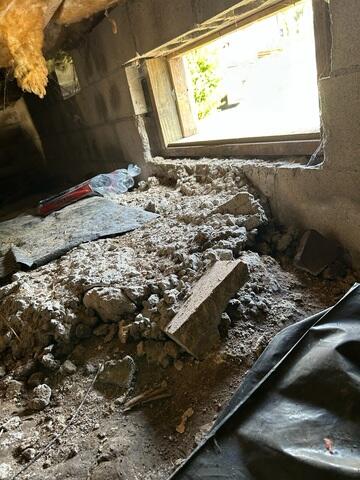
Crawl Space Debris
This crawl space is filled with debris; this will all be cleared out before the project begins.
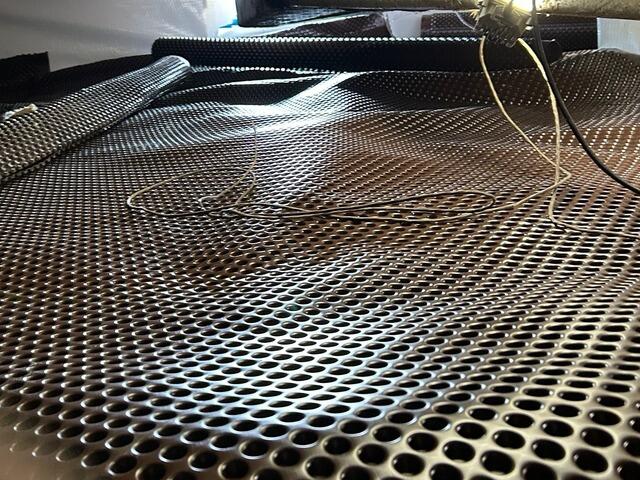
Drainage Matting Installed
This dimpled plastic sheet material promotes good drainage over the entire crawl space floor.
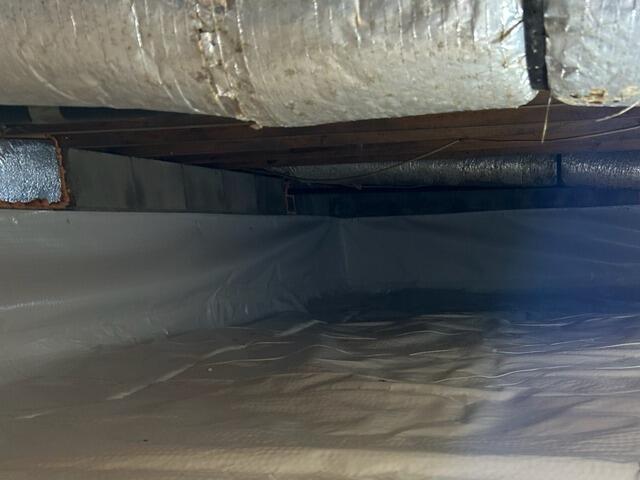
Vents Sealed
Vents are sealed with SilverGlo panels. Sealing your crawl space vents stops the cycle of cold, humidity, and moisture entering from the outside air.
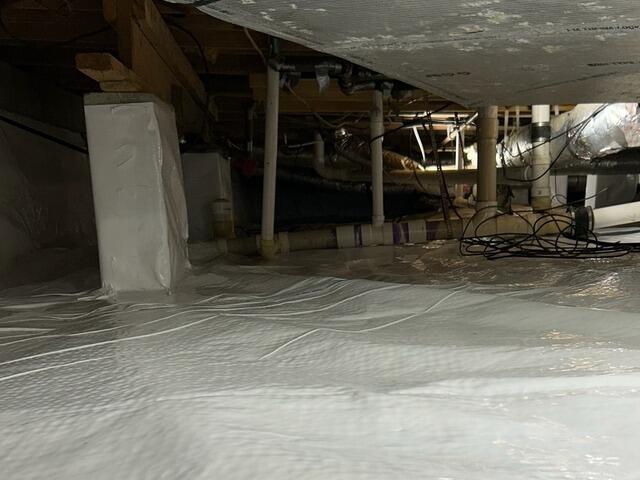
Piers Wrapped
Piers are wrapped in CleanSpace® poly to create a continuous air and moisture barrier.
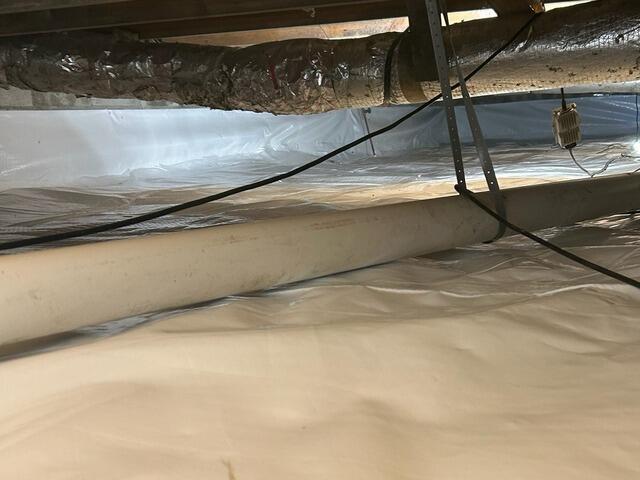
CleanSpace Liner
One key ingredient in our encapsulation system is the CleanSpace® vapor barrier, a super-durable 20-mil plastic sheet designed to permanently prevent moisture, outside air, and pests from entering your crawl space.
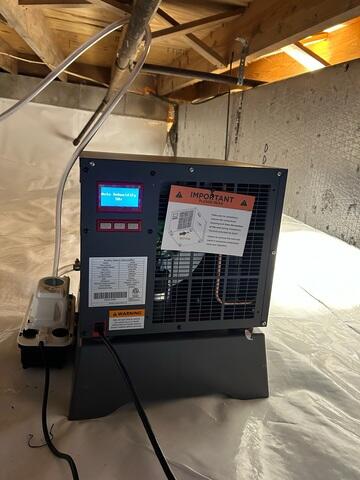
The SaniDry Sedona
The Sedona easily fits in small crawl spaces, yet has a powerful blower to effectively dry large crawl spaces. Mold and mildew are common in crawl spaces, but the Sedona keeps the relative humidity below 55%, so mold won't stand a chance. As a high-efficiency dehumidifier, the Sedona removes more moisture (100 pints per day) for less electricity cost than conventional models.
 4.9
4.9